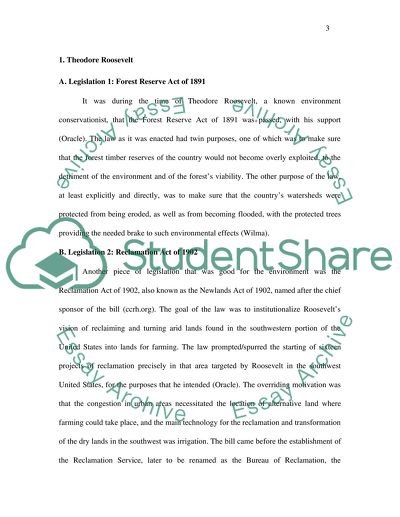Cite this document
(“BX Enviro Legislation Research Paper Example | Topics and Well Written Essays - 1750 words”, n.d.)
BX Enviro Legislation Research Paper Example | Topics and Well Written Essays - 1750 words. Retrieved from https://studentshare.org/biology/1464828-bx-enviro-legislation
BX Enviro Legislation Research Paper Example | Topics and Well Written Essays - 1750 words. Retrieved from https://studentshare.org/biology/1464828-bx-enviro-legislation
(BX Enviro Legislation Research Paper Example | Topics and Well Written Essays - 1750 Words)
BX Enviro Legislation Research Paper Example | Topics and Well Written Essays - 1750 Words. https://studentshare.org/biology/1464828-bx-enviro-legislation.
BX Enviro Legislation Research Paper Example | Topics and Well Written Essays - 1750 Words. https://studentshare.org/biology/1464828-bx-enviro-legislation.
“BX Enviro Legislation Research Paper Example | Topics and Well Written Essays - 1750 Words”, n.d. https://studentshare.org/biology/1464828-bx-enviro-legislation.


